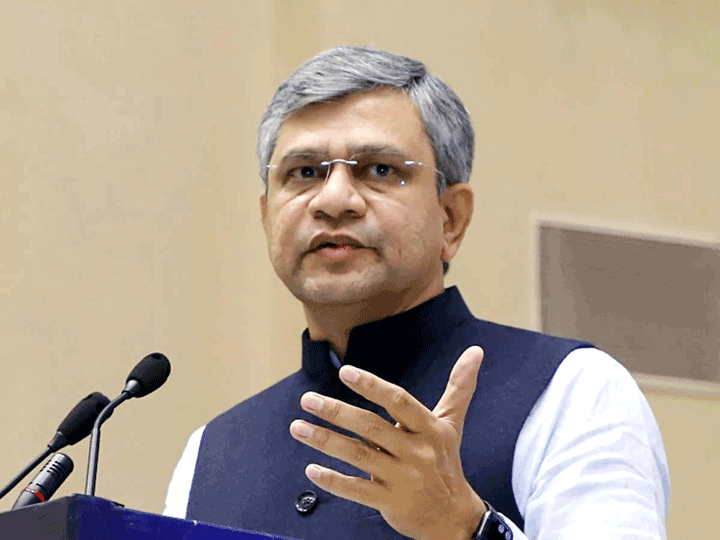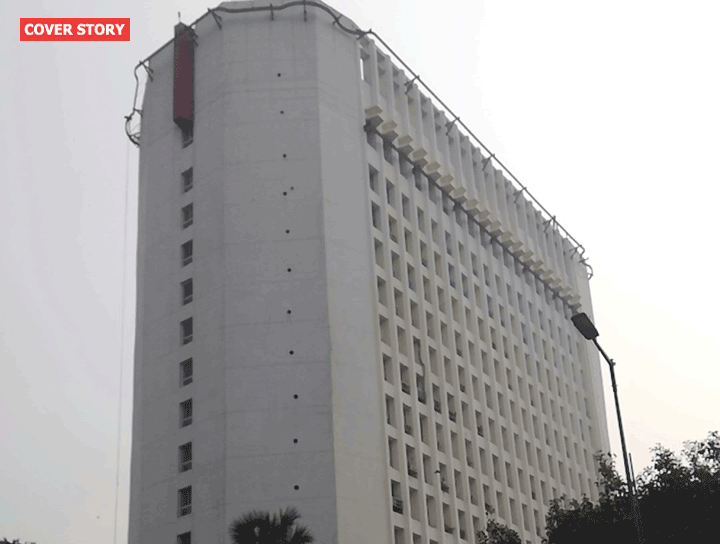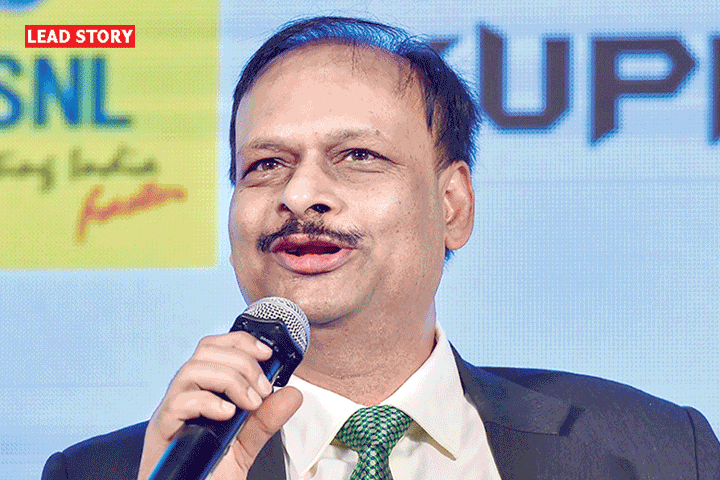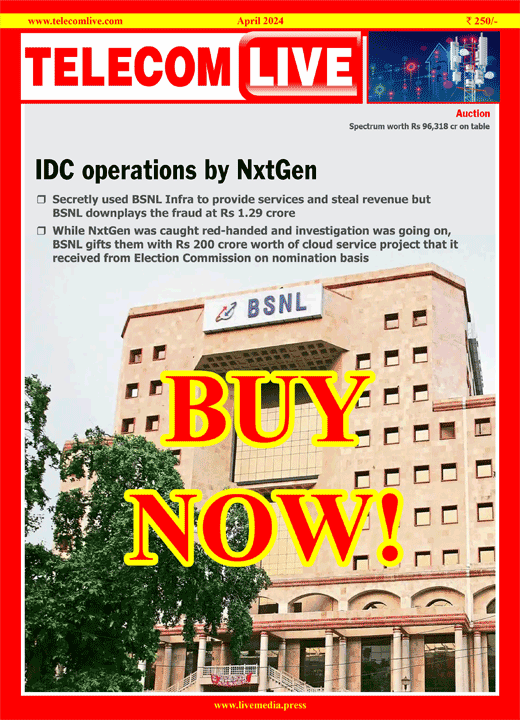Ensure 5G doesn’t disrupt sat TV viewing in India: Broadcasters
As the government looks at kickstarting 5G services in India, the broadcasting industry has said that care should be taken to have a buffer zone between the frequencies of telecom services and the broadcasters to ensure that TV and radio services continue without any disturbance.
In India, spectrum in the range of 3.0-3.6GHz has been identified and earmarked for 5G use. This is aimed primarily at telecom operators who want to roll out 5G services. On the other hand, most TV channels operate between 3.7GHz and 4.9GHz.
Broadcasters have said that the gap of 100MHz between the end of 5G band at 3.6GHz and the start of the satellite television band at 3.7GHz is “crucial and critical” to the continued functioning and viability of the Indian satellite television industry.
“While rollout of 5G services is a welcome move that all of us are eagerly waiting for, it’s important for the government to ensure that new spectrum demands of telecom operators do not impact broadcast services, both satellite TV and radio,” M K Anand, MD & CEO of Times Network, said.
Anand said that telecom and satellite TV bands should be considered with “adequate separation” as any kind of interference from telecom operations can negatively impact satellite television operations in India.
“5G is expected to usher in unprecedented improvements which will positively change the daily lives of citizens and give a huge boost to the economy. Satellite TV similarly has a huge multiplier impact on our society and economy. It is important that both sectors are nurtured with equal care,” he said.
Broadcasters say that “preservation of the guard frequency of 100MHz” will ensure that 5G services and satellite television can co-exist and enhance the value delivered by both services to the Indian consumer.











